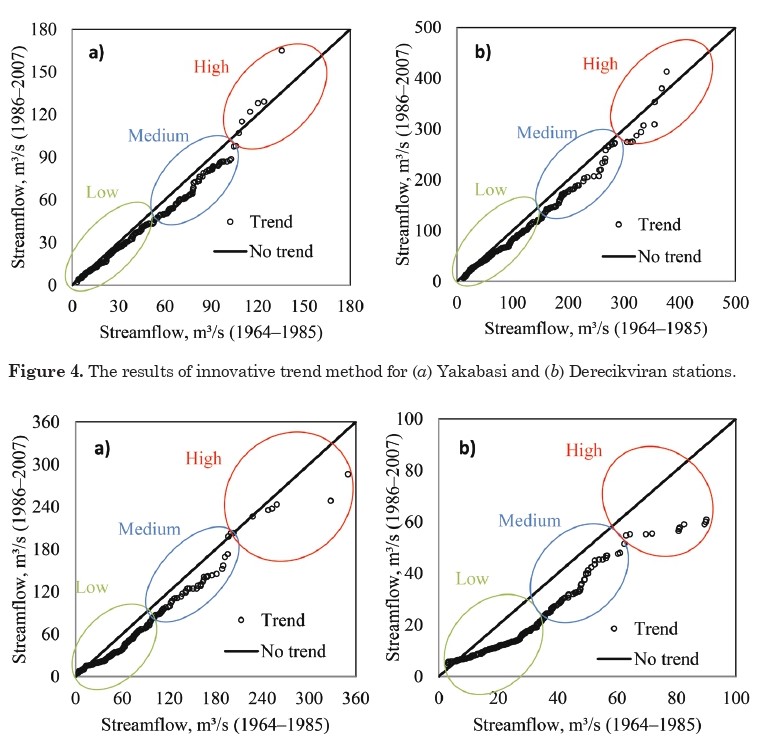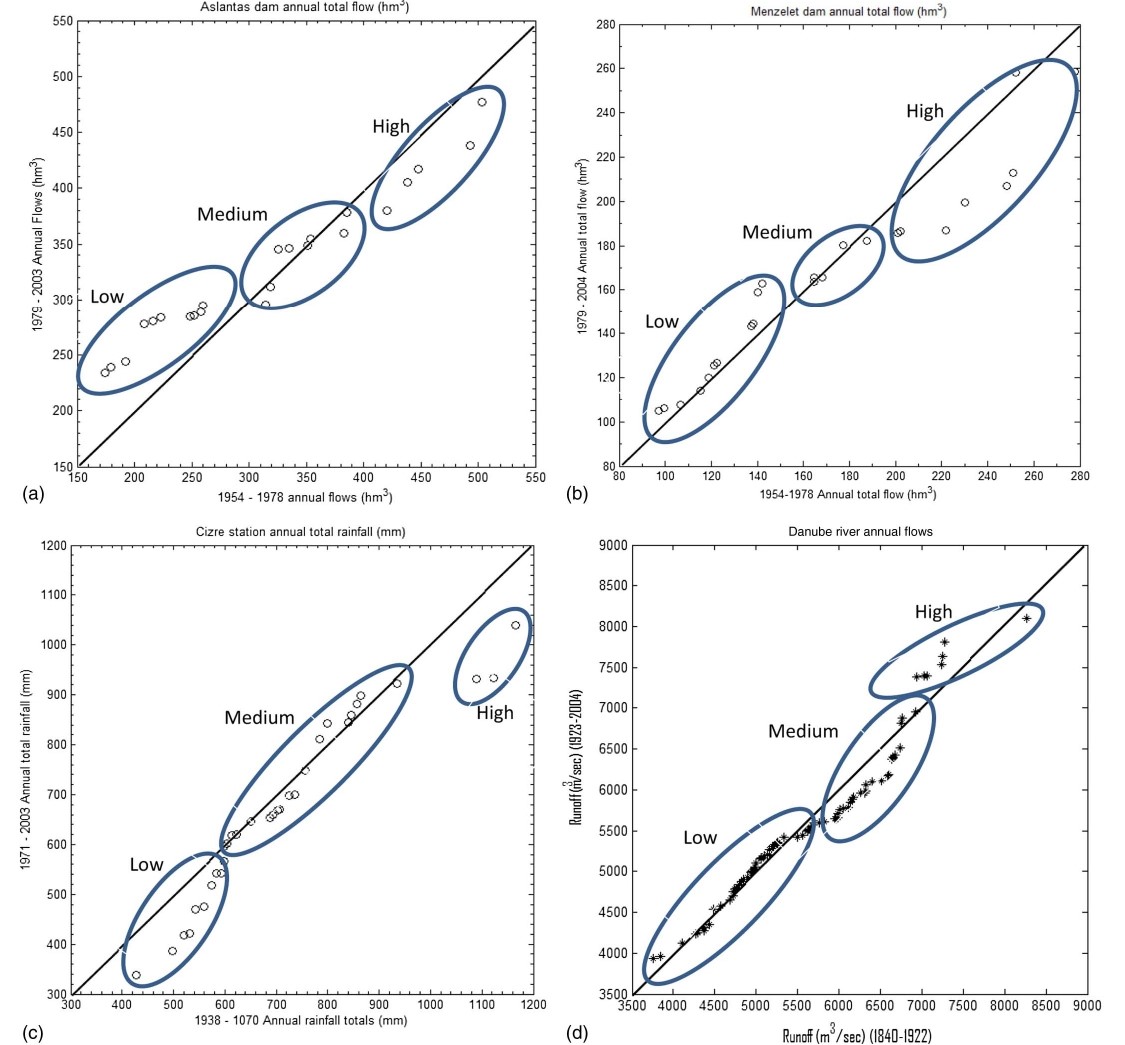Registration is open for lifetime access
Innovative Trend Analysis (ITA) for Environmental Monitoring: Using Excel, R, and ArcGIS
The "Innovative Trend Analysis for Environmental Monitoring" course is designed to equip participants with advanced skills in analyzing environmental trends using a combination of Excel, R, and ArcGIS.
₹999/ $15 (inclusive of taxes)
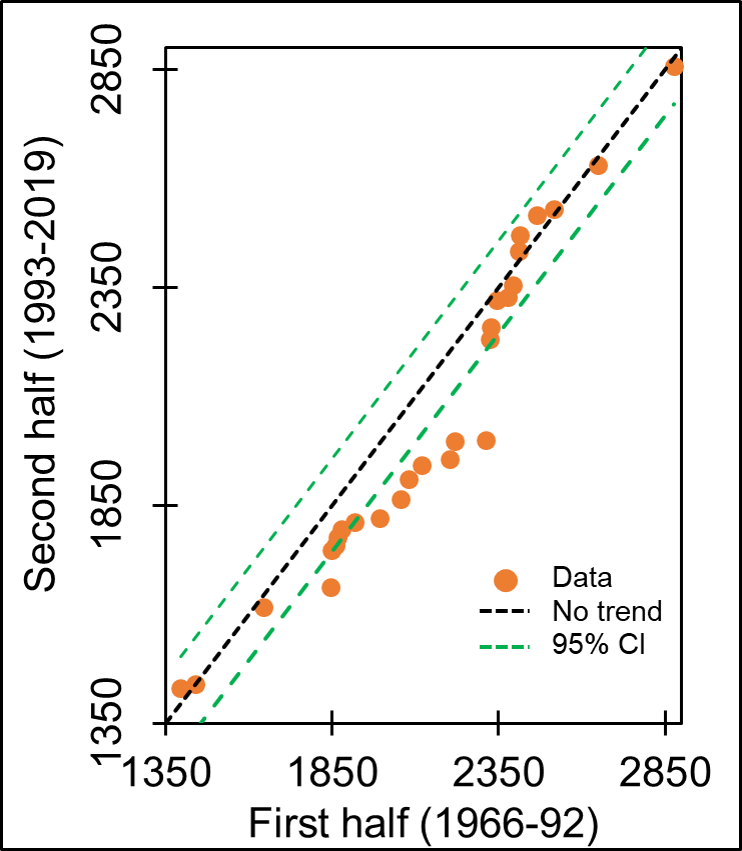
A course that upgrades your research knowledge and skills into impactful publication
In a world where impactful research is essential, mastering the art of trend analysis is crucial for environmental scientists aiming to contribute to high-impact journals. The "Innovative Trend Analysis for Environmental Monitoring" course is meticulously crafted to empower participants with advanced skills in analyzing environmental trends. Using a powerful combination of Excel, R, and ArcGIS, participants will not only gain expertise in trend analysis but also learn to present their findings effectively for publication in high-impact journals.
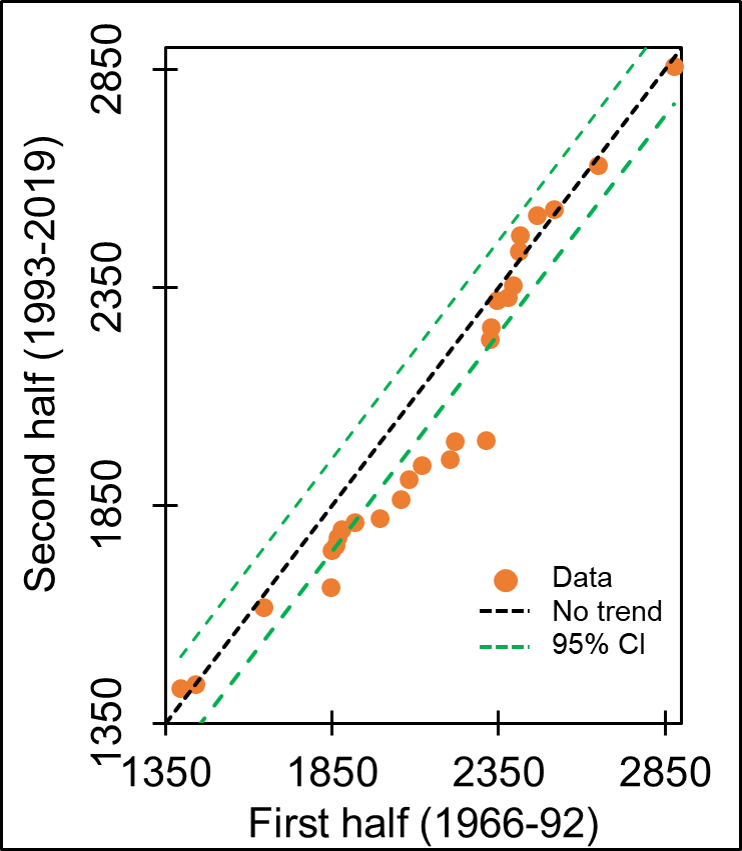
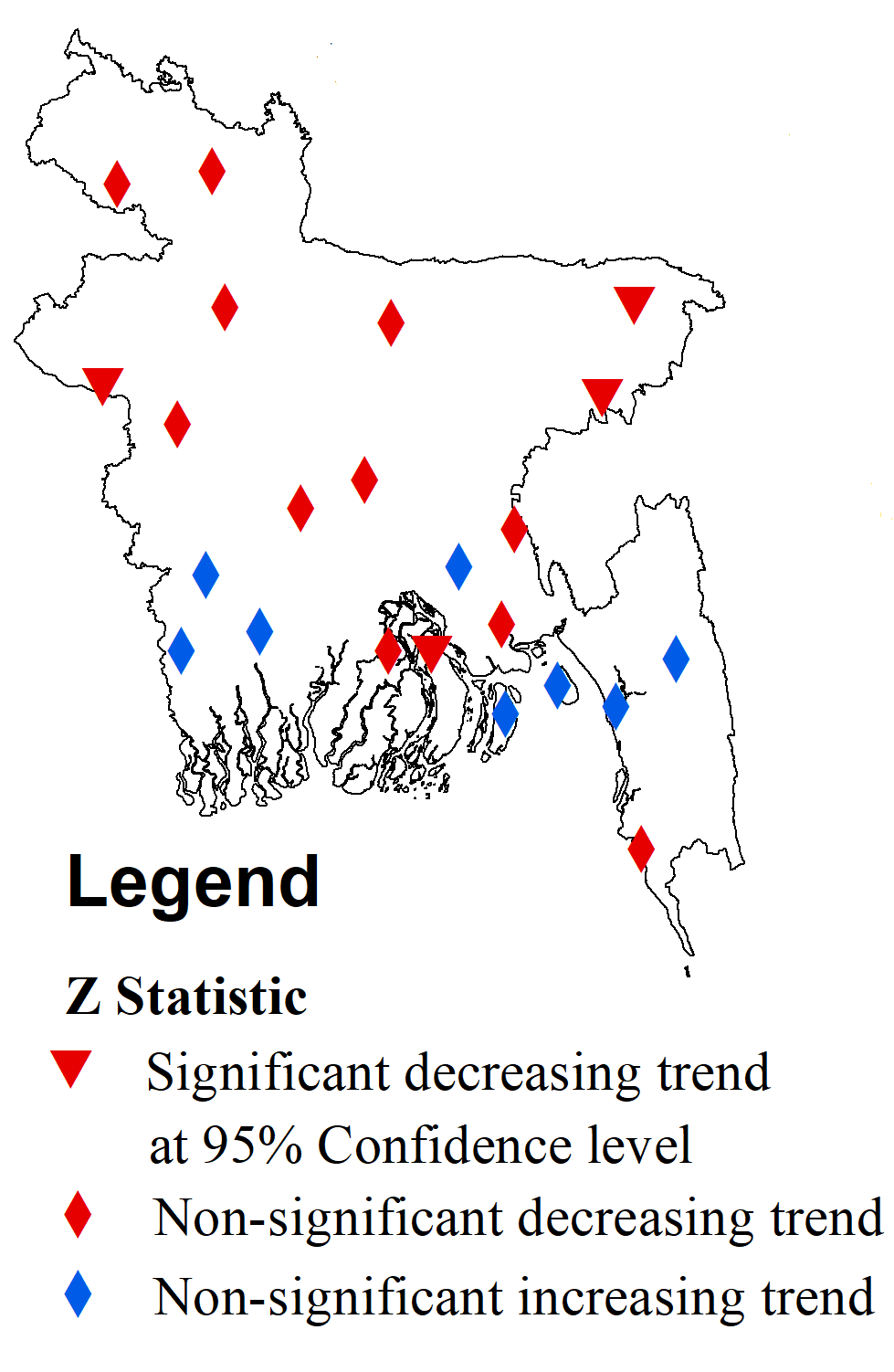
Certified Research Skill at Advances in Geographical Research (AIGR)
Participants will receive a certificate of completion and will be equipped with the skills needed to conduct sophisticated trend analysis for environmental monitoring using Excel, R, and ArcGIS.Enroll now and take a significant step towards becoming an adept environmental analyst capable of deriving valuable insights from complex datasets. Join us in this journey towards a more sustainable and informed approach to environmental monitoring!
Sign up now and get access to the course for lifetime!
Who is this course for?
Environmental Scientists and Researchers seeking advanced trend analysis skills
Graduates and Postgraduates in environmental science, seeking practical and applicable skills
Researchers aspiring to contribute to high-impact journals with their environmental findings
GIS Analysts aiming to enhance their spatial analysis capabilities
Data Analysts interested in specializing in environmental data and trend identification
Anyone keen on mastering statistical techniques for trend identification in complex datasets
Professionals in the field of environmental monitoring eager to publish impactful research
Professionals working with Excel, R, and ArcGIS looking to integrate these tools for comprehensive analysis
Individuals passionate about understanding and addressing environmental changes through data-driven insights
Why is this course for?
- •Gain hands-on skills in utilizing Excel, R, and ArcGIS for advanced trend analysis in environmental monitoring.
•Enhance decision-making processes by effectively analyzing and interpreting environmental trends using cutting-edge tools and techniques.
•Improve data management and analysis efficiency through practical training on data preparation and transformation for trend analysis.
•Develop the ability to identify and predict environmental trends, enabling proactive measures for sustainable resource management.
•Create compelling visualizations and reports to effectively communicate environmental trends and their implications to stakeholders.
•Stay ahead of the curve with the latest trends and advancements in trend analysis software and techniques, ensuring continued professional growth in the field of environmental monitoring.
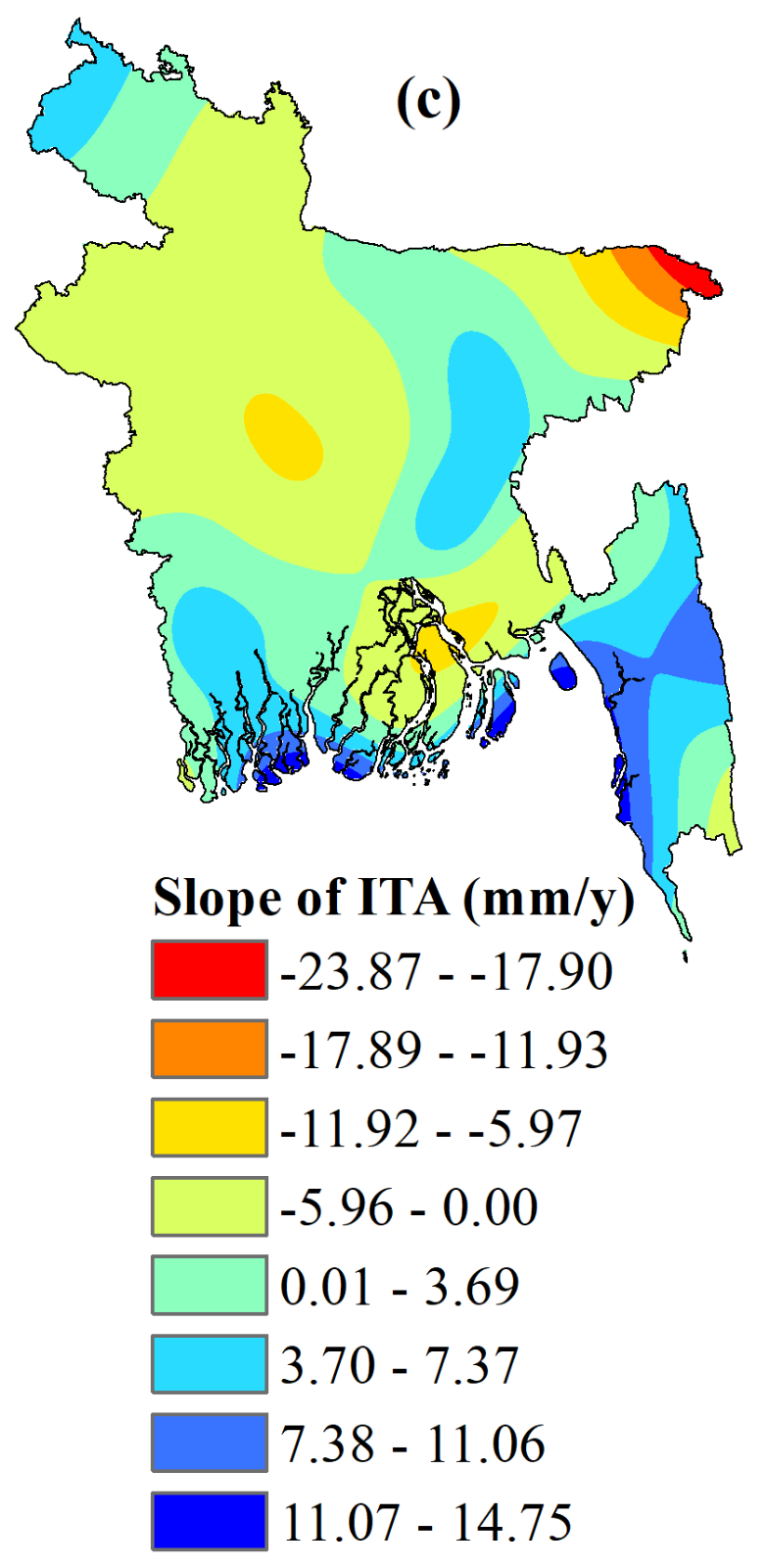
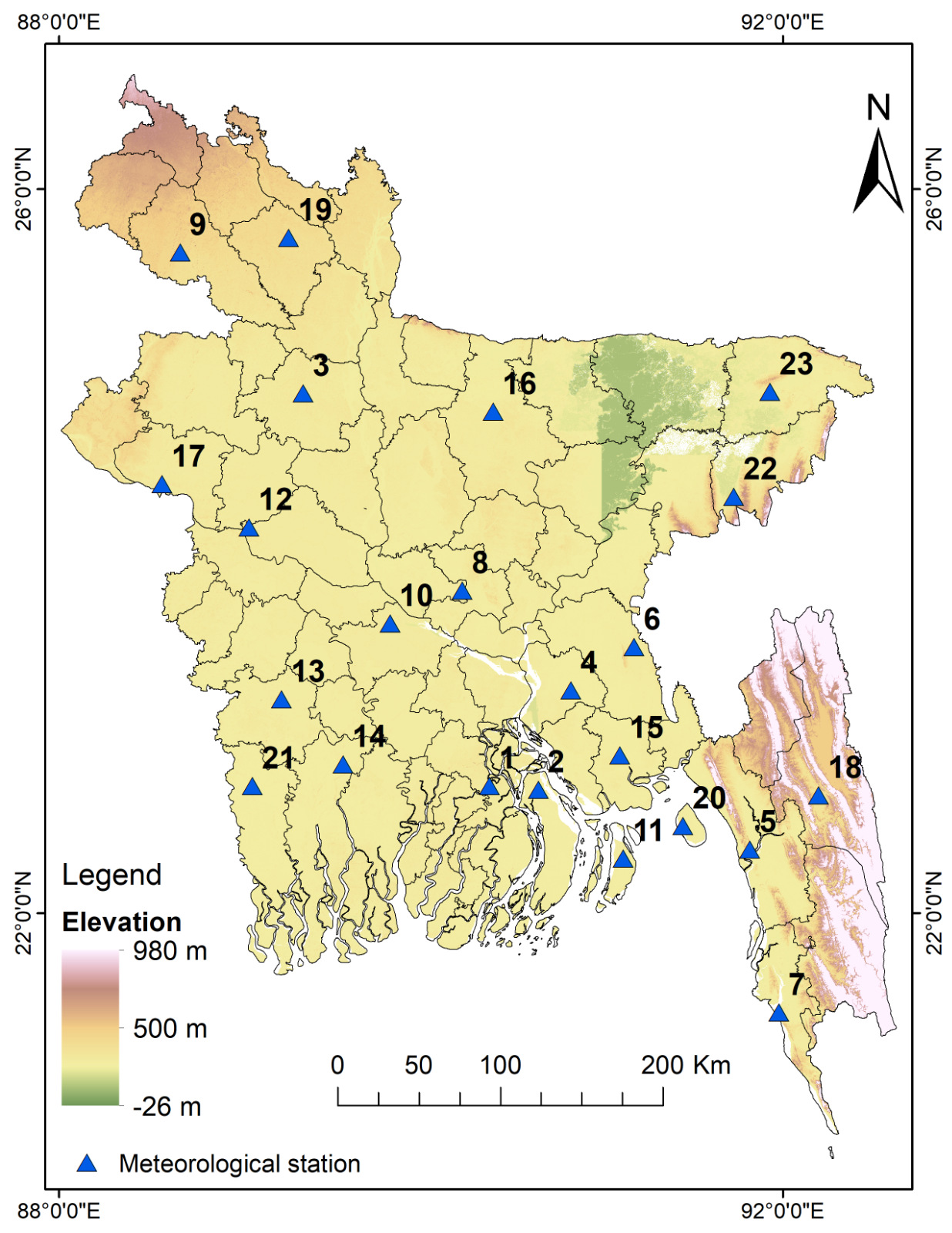
Course Curriculum
Welcome by AIGR, Making the Complex Simple
Module 1: Introduction to Trend Analysis in Environmental Monitoring
1.1 Overview
of trend analysis concepts and its importance in environmental monitoring
1.2 Introduction
to Excel, R, and ArcGIS as tools for trend analysis
1.3 Data
types and sources for environmental trend analysis
Module 2: Data Preparation for Innovative Trend Analysis
2.1 Data cleaning, organization, and transformation techniques in Excel, R, and ArcGIS
2.2 Dealing with missing data and outliers
2.3 Data validation and quality assurance for reliable trend analysis
Module 3: Innovative Trend Analysis in R
3.1 Innovative Trend modeling in R using environmental data
3.2 Calculation of Slope of trend analysis and interpretation
Module 4: Preparation of Graphs in Excel
4.1 Visualization of Innovative Trends in Excel
4.2 Plot of 1% and 5% Significant level
4.3 Identification of Hidden Trends
Module 5: Spatial Trend Analysis in ArcGIS
5.1 Introduction to spatial statistics and its application in environmental trend analysis
5.2 Spatial interpolation for analyzing and visualizing trends in geographic data
Module 6: Integration of Excel, R, and ArcGIS for Publication
6.1 Preparation of Tables
6.2 Preparation of Figures
6.3 Interpretation of results
Module 7: Bonus (Descriptive Statistics in R)
7.1 Mean
7.2 Minimum
7.3 Maximum
7.4 Standard Deviation
7.5 Co-efficient of Variation
7.6 Skewness
7.7 Kuirtosis
How The Course Benifits You
Flexibility & convenience of time and space
A gold-standard certification signifies of excellence and reliability in a particular field
Access to expertise & world-class curriculum

Enjoyment and confidence in publication research paper
Instructors continuous support, taking your hand step-by-step to develop high-quality analysis using real data
1:1 Sessions with experts
Lifetime subscription
What's Included In The Course
- Online live classes by Dr. Jayanta Das
- Dr. Das’s take on how ITA is to be applied to environmental-related time series data
- Audio-visual cues along with each modules
- Pro tips for preparing articles
- Self-paced course with access for a lifetime and unlimited views
- Collaboration opportunity with Dr. Jayanta Das
- Course Completion Certificate from Advances in Geographical Research
- Downloadable study material with all the course curriculum
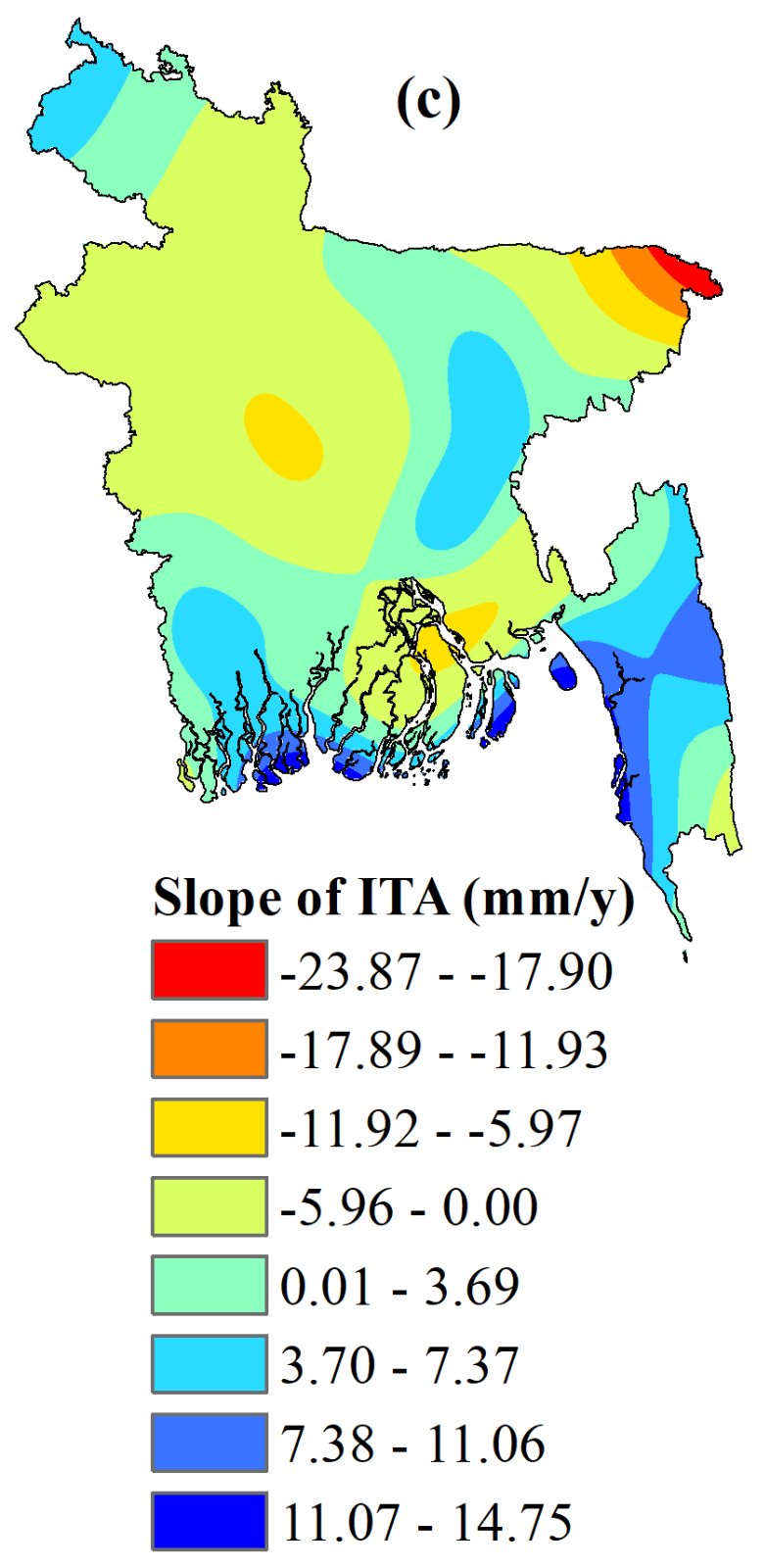
Frequently Asked Questions
1. What are the prerequisites for attending this program??
The prerequisites for attending this program include a basic understanding of data analysis concepts and familiarity with the software tools Excel, R, and ArcGIS. Some prior experience with these tools would be beneficial but not mandatory.
2. Will I need prior experience with Excel, R, or ArcGIS to benefit from this program?
While prior experience with Excel, R, or ArcGIS is helpful, it is not required. The program is designed to cater to participants with varying levels of experience, providing a comprehensive overview and practical training on utilizing these tools for trend analysis in environmental monitoring.
3. Can I attend this program remotely or is it an in-person event?
This program is offered both in-person and remotely. You can choose to attend either the in-person sessions held at our designated location or participate remotely through a virtual platform. The choice is entirely up to you, ensuring flexibility and convenience in attending the program.
4. Are there any additional resources or materials provided as part of the program?
Along with the program sessions, participants will have access to additional learning resources and materials. These may include reference guides, sample datasets, and supplementary readings to further enhance understanding and practice of trend analysis in Excel, R, and ArcGIS.
5. Will I receive a certificate upon completion of the program??
Yes, upon successful completion of the program, participants will receive a certificate of completion. This certificate validates the skills and knowledge acquired during the program and can be a valuable addition to your professional credentials.
6. Can I contact the instructors or program organizers for further assistance or clarifications?
Absolutely! Our instructors and program organizers are readily available to assist participants with any questions or clarifications they may have throughout the program. You will have the opportunity to engage with them during interactive sessions, Q&A sessions, and through dedicated channels of communication provided by the program.
